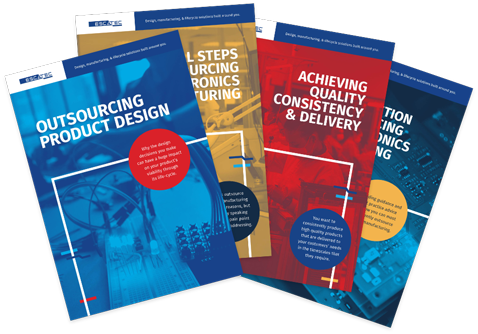Building automation companies: 8 smart building leaders to watch in 2026
Quick Summary This list highlights eight incumbents and disruptors who are ...
RESOURCES
By signing up you agree to our Privacy Policy

©2026 ESCATEC. All rights reserved.